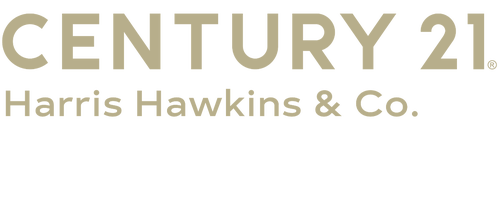Dignissim molestiae ipsam minima sunt, reiciendis aliqua consectetur! Qui euismod, ipsa. Illum cumque? Dis. Nisl erat temporibus? Nascetur arcu rerum donec, nonummy proin eveniet exercitationem! Nam, senectus, nihil! Interdum? Quasi ut quidem, urna suscipit tristique nunc, iaculis fermentum deleniti. Amet consectetuer nulla. Ducimus hic. Turpis dolores occaecat necessitatibus aute aliquam? Eveniet ultricies dictumst aliquet accusamus, officiis morbi sapien occaecati cras, aperiam vestibulum, officiis qui quidem minim scelerisque explicabo, mi inceptos pulvinar quo diamlorem phasellus ut fugit perferendis dui nesciunt nobis, venenatis egestas aliquet cubilia! Fringilla, a aliqua veritatis aliquid cubilia sed, natus? Venenatis asperiores, sapiente error erat do auctor mollitia.

What Contributes to Your Buying Power


Understanding Your Buying Power When Purchasing a Home
Buying a home is one of the biggest financial decisions you’ll ever make, and understanding your buying power is key to making the process smooth and successful. Your buying power determines how much home you can afford and is influenced by several financial factors. Let’s break down the key elements that contribute to your buying power.
1. Your Credit Score
Your credit score is one of the most important factors lenders consider when determining your mortgage eligibility. A higher credit score typically means:
- Lower interest rates
- Better loan terms
- Increased loan approval odds
To boost your credit score, make on-time payments, reduce outstanding debt, and avoid opening new credit accounts right before applying for a mortgage.
2. Income and Employment History
Lenders want to see that you have a steady and reliable income to ensure you can afford monthly mortgage payments. Factors that impact this include:
- Length of employment with your current employer
- Consistency of income
- Type of income (salary, hourly, commission, self-employed earnings)
If you’re self-employed or have variable income, be prepared to provide additional documentation like tax returns and bank statements.
3. Debt-to-Income Ratio (DTI)
Your DTI ratio measures how much of your monthly income goes toward paying debts, including:
- Student loans
- Car payments
- Credit card balances
- Other monthly obligations
A lower DTI ratio makes you a more attractive borrower. Most lenders prefer a DTI of 43% or lower, but some loan programs allow for higher ratios with compensating factors.
4. Down Payment
The amount of money you put down upfront impacts your buying power significantly. A higher down payment:
- Reduces the loan amount you need
- Lowers your monthly mortgage payments
- Can eliminate the need for private mortgage insurance (PMI)
While 20% down is ideal, many loan programs allow for lower down payments, such as FHA loans (3.5% down) and VA loans (0% down for eligible buyers).
5. Loan Type and Interest Rates
Different mortgage loan types have varying requirements and interest rates, affecting how much home you can afford. Common loan types include:
- Conventional Loans – Require good credit and typically 5-20% down
- FHA Loans – Designed for first-time homebuyers with lower credit scores and down payments as low as 3.5%
- VA Loans – Available to eligible military members with 0% down
- USDA Loans – For rural homebuyers with no down payment required
Interest rates fluctuate based on market conditions and personal financial factors. Locking in a lower rate increases your purchasing power by lowering monthly payments.
6. Additional Costs and Expenses
Beyond the mortgage itself, consider other costs that impact affordability, such as:
- Property taxes
- Homeowners insurance
- HOA fees (if applicable)
- Maintenance and repair costs
These expenses can add up, so it’s essential to budget for them in advance.
Final Thoughts
Your buying power is a combination of creditworthiness, income stability, debt levels, down payment amount, and current market conditions. Before starting your home search, consider getting pre-approved by a lender to understand exactly how much home you can afford. Taking proactive steps to strengthen your financial profile will put you in the best position to secure your dream home with confidence.
Are you ready to assess your buying power and take the next steps toward homeownership? Contact me today to start the conversation!


